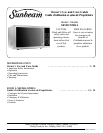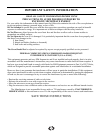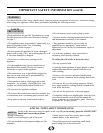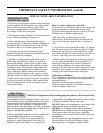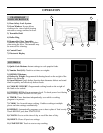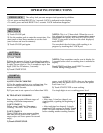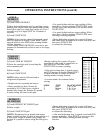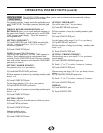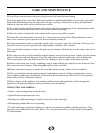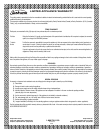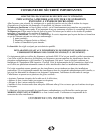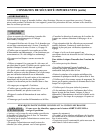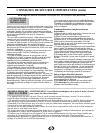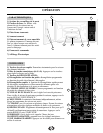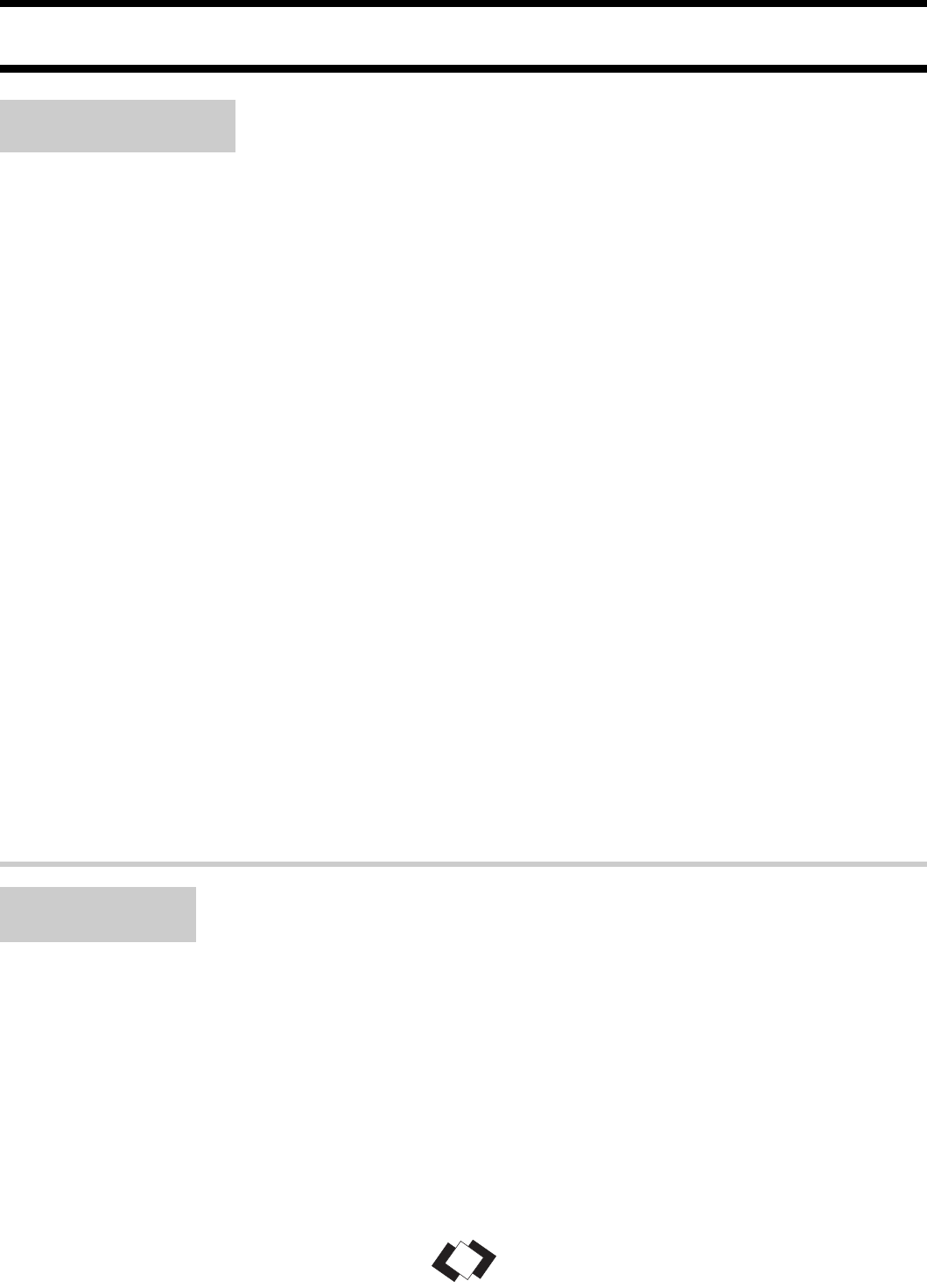
SPECIAL NOTES ABOUT MICROWAVING
• Do not use recycled paper products. Recycled paper
towels, napkins, and waxed paper can contain metal
flecks which may cause arcing or ignite. Paper
products containing nylon or nylon filament should
be avoided, as they may also ignite.
• Not all plastic wrap is suitable for use in microwave
ovens. Check the package for proper use.
• Some styrofoam trays (like those that meat is
packaged on) have a thin strip of metal embedded in
the bottom. When microwaved, the metal can burn
the floor of the oven, or ignite a paper towel.
• Cookware may become hot because of heat
transferred from the heated food. Pot holders may be
needed to handle the cookware.
• “Boilable” cooking pouches and tightly closed
plastic bags should be slit, pierced, or vented as
directed by package. If they are not, plastic could
burst during or immediately after cooking, possibly
resulting in injury. Also, plastic storage containers
should be at least partially uncovered because they
form a tight seal. When cooking with containers
tightly covered with plastic wrap, remove covering
carefully and direct steam away from hands and face.
• Paper towels, waxed paper, and plastic wrap can be
used to cover dishes in order to retain moisture and
prevent splattering. Be sure to vent plastic wrap so
steam can escape.
How to test for a microwave-safe dish:
1) Place in the oven both the dish you are testing and
a glass measuring cup filled with1 cup of water.
2) Set the measuring cup either in or next to the dish.
3) Microwave 1 minute on high power.
If the dish heats, it should not be used for
microwaving. If the dish remains cool and only the
water in the cup heats, then the dish is microwave-
safe.
• Use foil only as directed in this manual. TV dinners
may be microwaved in foil trays less than 3/4” high;
remove the top foil cover and return the tray to the
box. When using foil in the microwave, keep the foil
at least 1 inch away from the sides of the oven.
• Plastic cookware designed for microwave cooking
is very useful, but should be used carefully. Even
microwave-safe plastic may not be as tolerant of
overcooking conditions as are glass and ceramic
materials, and may soften or char if subjected to short
periods of over-cooking. In longer exposure to over-
cooking, the food and cookware could ignite.
Follow these guidelines:
1) Use Microwave-safe plastics only and use them in
strict compliance with the cookware manufacturer’s
recommendations.
2) Do not microwave empty containers.
3) Do not permit children to use plastic cookware
without complete supervision.
IMPORTANT SAFETY INFORMATION (cont’d)
MICROWAVE-SAFE
COOKWARE (cont’d)
4
GROUNDING
INSTRUCTIONS
This appliance must be grounded. In the event of an
electrical short circuit, grounding reduces the risk of
electric shock by providing an escape wire for the
electric current. This appliance is equipped with a
power cord having a grounding wire with a grounding
plug. The plug must be plugged into an outlet that is
properly installed and grounded.
Consult a qualified electrician or service technician if
the grounding instructions are not completely
understood, or if doubt exists as to whether the
appliance is properly grounded.If the outlet is a
standard 2-prong wall outlet, it is your personal
responsibility and obligation to have it replaced with
a properly grounded 3-prong wall outlet.
DO NOT under any circumstances cut or remove the
third (ground) prong from the power cord.
DO NOT use an adapter plug with this appliance.
DO NOT use an extension cord with this appliance.
If the power cord is too short, have a qualified
electrician or service technician install an outlet near
the appliance.
For best operation, plug this appliance into its own
electrical outlet to prevent flickering of lights,
blowing of fuse, or tripping of circuit breaker.
WARNING: Improper use of the grounding plug can result in a risk of electric shock.



